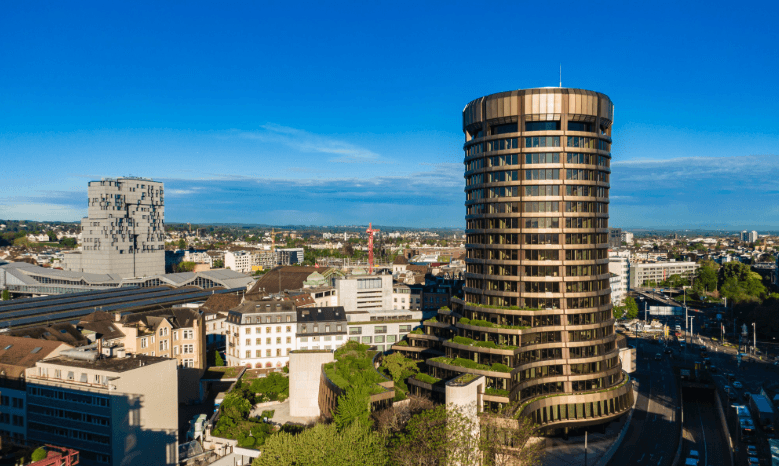/
Discover why fund manager due diligence is vital for institutional allocators. Insight into risk controls, transparency and market leadership.
Within institutional investment, “capital deserves care and relationships demand trust” is not just a slogan, it is the cornerstone of thoughtful capital allocation. As allocators face an explosion of new strategies and managers, only those who apply robust, multi-layered due diligence can consistently separate signal from noise. This extended, expert-driven guide explores why careful due diligence is the bedrock of performance and peace of mind and how Confluence’s standards set a new benchmark for quality, transparency and enduring partnership.
Why Fund Manager Due Diligence Matters
Due diligence is far more than bureaucracy; it’s your frontline safeguard against hidden risk, mismanagement and enticing stories untethered from reality. As allocations get larger, the scrutiny intensifies, not just of returns, but of everything behind those returns. Effective due diligence empowers allocators to avoid avoidable pitfalls, identify real alpha-generators, and build portfolios designed to withstand market turbulence and regulatory scrutiny. At Confluence, every manager and strategy is subjected to this high bar before entering our curated ecosystem.
What Does Effective Due Diligence Entail?
Thorough due diligence is never just about numbers. Confluence applies a holistic view that includes:
Track record verification: Results are only credible if independently audited and validated against reporting packs.
Operational Due Diligence (ODD): Analysis of the organization’s day-to-day controls, governance, people and risk management philosophy.
Compliance framework: Examination of KYC/AML implementation, audit trails, and reporting standards.
Technology and infrastructure: Evaluation of IT security, data integrity and quality of third-party providers (such as custodians and auditors).
Institutional-grade due diligence examines all of these elements. Not as a formality, but as a deep commitment to capital protection and trust.
Discover high-quality strategies vetted for performance and risk.
Where Do Most Due Diligence Processes Fail?
Too often, allocators get distracted by short-term return figures and neglect the operational, compliance or data foundation beneath. Major issues can include:
Lack of a credible, independently verified audit trail.
Incomplete or inadequate factsheets and reporting.
Underdeveloped or superficial compliance protocols.
Overlooking the stability of service providers or missing cyber risk vulnerabilities.
These gaps can result in avoidable capital loss and reputational damage. Savvy institutions know: robust due diligence doesn’t just chase returns, it secures partnerships that truly last.
Signs of a Best-in-Class Fund Manager
Exceptional fund managers distinguish themselves repeatedly:
Clear governance structure, including well-defined escalation lines and separation of duties.
External audits and a willingness to engage in third-party performance reviews.
Transparent, frequent communication about returns, drawdown, and key risk parameters such as Sharpe ratio.
Openness about both successes and mistakes, plus proactive learning and course correction.
Complete, easily accessible documentation.
These traits, underpinned by integrity and discipline, separate enduring fund managers from fleeting stars.
How Confluence Delivers Extra Assurance
With Confluence, only managers who have successfully navigated a rigorous multi-stage vetting process—covering everything from strategy and team assessment to technology stack and reporting quality, are admitted to our platform. Every candidate must demonstrate operational and compliance strength that goes far beyond returns. After onboarding, we maintain a living partnership: continuous monitoring, transparent reporting, and regular dialogue ensure that allocators are always informed and empowered.
The Long-Term Impact: Peace of Mind and Consistent Performance
Stringent due diligence is not a cost; it’s a high-return investment in your capital’s stability and growth. Prioritizing robust manager screening results in:
Fewer unpleasant surprises and operational breakdowns.
Lower chance of principal loss through governance or misconduct slip-ups.
More confidence in portfolio construction, knowing risks are understood and mitigated.
The ability to focus on true investment partnership, not constant vigilance.
With Confluence, portfolios are built to last, able to glide through the storms and cycles of tomorrow’s markets.
Key Risk Metrics Institutional Investors Should Watch
While performance is vital, risk control is indispensable. The most trusted allocators watch several core metrics:
Drawdown: The largest loss from a peak to trough, essential for understanding downside exposure in tough stretches.
Sharpe Ratio: Quantifies excess return per unit of risk, helping compare managers across volatility regimes.
Other metrics to consider: stress testing, value at risk (VaR), and portfolio diversification analytics.
Managers who internalize these tools, and communicate their meaning stand out as partners worthy of trust.
Adding Operational Excellence to the Due Diligence Process
The biggest lessons of the past decade in alternatives aren’t about outlier fund returns. They’re about operational resilience. Allocators now review policies on onboarding, compliance, cyber security, succession planning and counterparty risk. At Confluence, robust operational infrastructure is weighted every bit as heavily as investment skill.
The Power of Third-Party Verification
Trust is more than a handshake: periodic third-party checks ensure reported performance is real and compliance practices measure up to institutional mandates. Confluence works with independent verification partners to enable true clarity and investor confidence.
Frequently Asked Questions
Articles you might like





